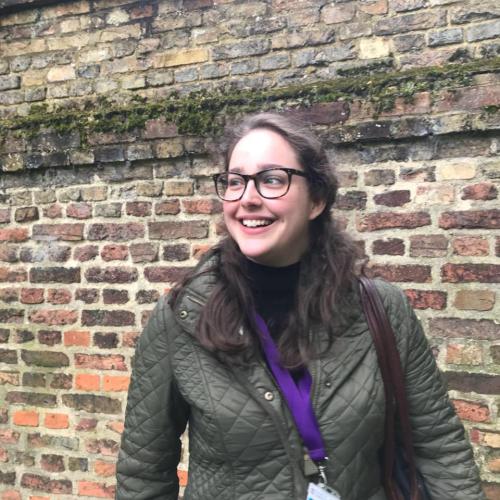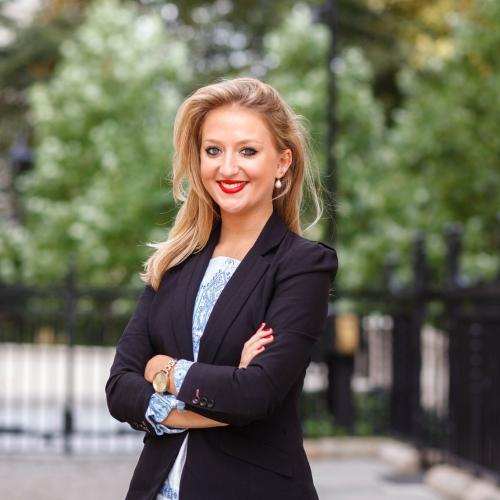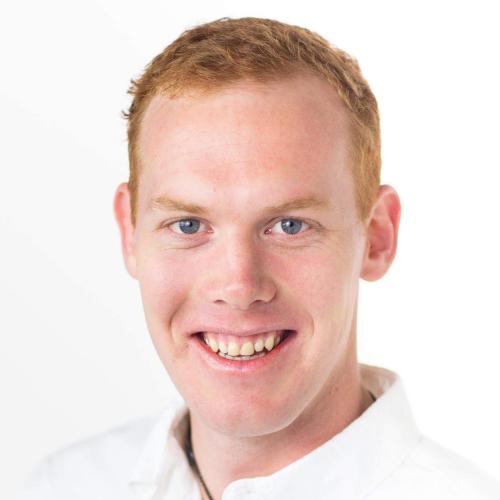
History
Jesus Ő«–ń ”∆ĶőŘ has grown from humble beginnings to become one of the larger Ő«–ń ”∆ĶőŘs in Cambridge.
Origins of the Ő«–ń ”∆ĶőŘ
Today Jesus Ő«–ń ”∆ĶőŘ is one of the larger colleges in Cambridge, but until the late 19th century it was one of the smallest and poorest.
Its origins lie 400 years earlier, when John Alcock, Bishop of Ely, decided to convert a derelict nunnery on the eastern edge of Cambridge into a community for graduate priests studying in the University.
It was 20 years until his plans were realised, and until the 1560s there were never more than six or seven priests (the first Fellows). But there was also a free grammar school for the choristers or choirmen serving the Ő«–ń ”∆ĶőŘ‚Äôs Chapel, as well as for others from the town and surrounding villages.
Growth and change
For the 300 years from 1560 to 1860 Jesus Ő«–ń ”∆ĶőŘ was primarily a training college for Church of England clergy. It was strengthened in 1671 by a major gift from Tobias Rustat. Until the end of the 17th century there were other students, but they rarely stayed long enough to get a degree, a qualification which was essential only for clergymen, schoolmasters, and church lawyers.
The Ő«–ń ”∆ĶőŘ‚Äôs 19th century transformation was largely due to the energy and enterprise of Henry Arthur Morgan. Morgan was Tutor from 1863 to 1885 and then Master until his death in 1912. He recognised the growing demand for university education from the expanding Victorian professional and middle classes. Cambridge University, like Oxford, was slowly responding to this change by widening its curriculum and allowing more teaching posts to be held by men who weren't part of the clergy.
Jesus Ő«–ń ”∆ĶőŘ had spacious grounds and a strong reputation for sport. It was also growing richer thanks to the land inherited from the priory which was now in demand for railway developments and new construction. Morgan made the most of these assets and by 1871 he had quadrupled the number of students, and doubled the accommodation available for them. By 1881 there were seven times as many students as there had been 20 years earlier.
Jesus Ő«–ń ”∆ĶőŘ today
Since the Second World War the Ő«–ń ”∆ĶőŘ has continued to grow, gaining a reputation for academic achievement to match its sporting success.
Jesus Ő«–ń ”∆ĶőŘ is now a community of more than 1,000 members, including around 500 undergraduates, around 400 graduates and research associates, and over 100 Fellows, supported by more than 100 staff. Nearly all students live in the Ő«–ń ”∆ĶőŘ or just a few hundred yards away, forming a close knit ‚Äėvillage‚Äô in the centre of Cambridge.
Influential people connected to Jesus Ő«–ń ”∆ĶőŘ
The history of Jesus Ő«–ń ”∆ĶőŘ and its intellectual life includes many famous writers, scholars, scientists, and public figures.
- St Radegund
- Bishops John Alcock and Nicholas West
- Thomas Cranmer
- Tobias Rustat
- John Worthington
- Laurence Sterne
- Thomas Robert Malthus
- Samuel Taylor Coleridge
- Sir John Sutton
- Henry Arthur Morgan
- Sir Alan Cottrell
- Jacob Bronowski
- Lisa Jardine
- and many other people of note.‚Äč
Further reading
- Glazebrook, Peter (2007) ed, Jesus: The Life of a Cambridge Ő«–ń ”∆ĶőŘ, Cambridge: Granta Editions.
- Gray, Arthur and Brittain, Frederick (1960) A History of Jesus Ő«–ń ”∆ĶőŘ, Cambridge, London: Heinemann, with various reprints to 1988.






























